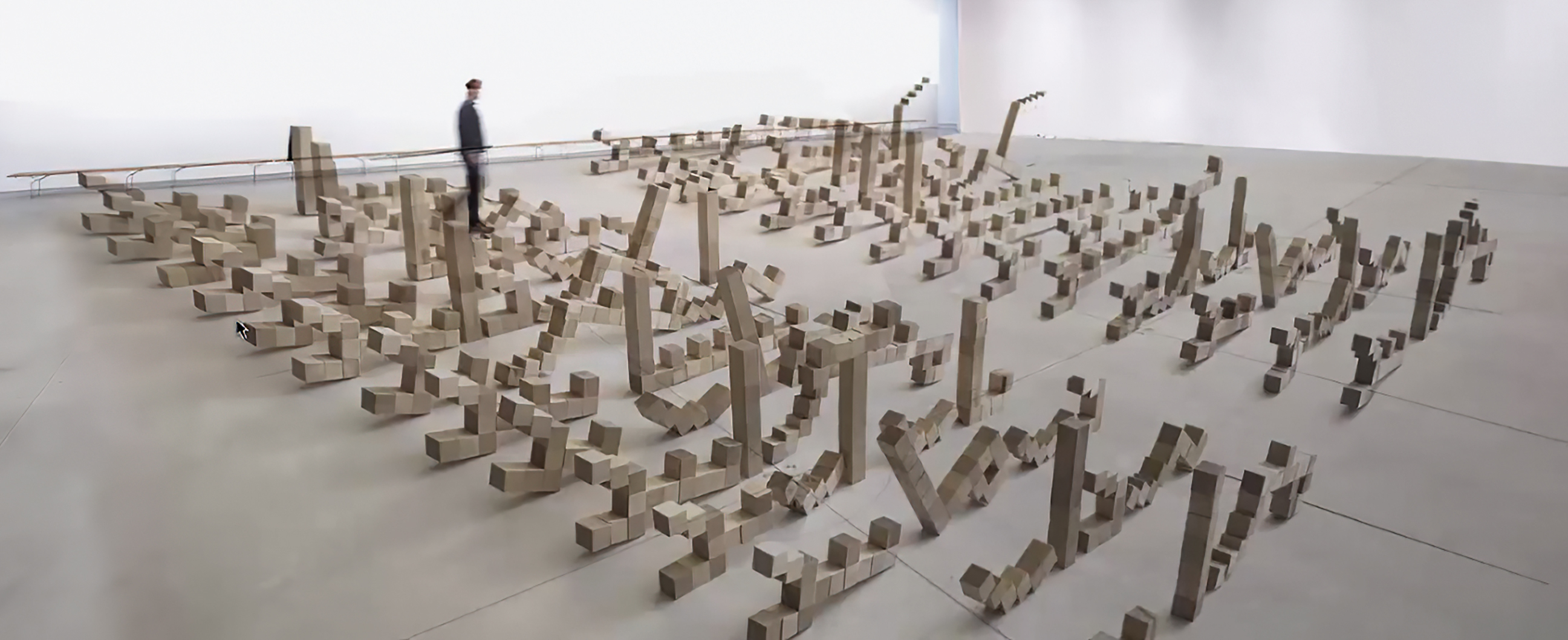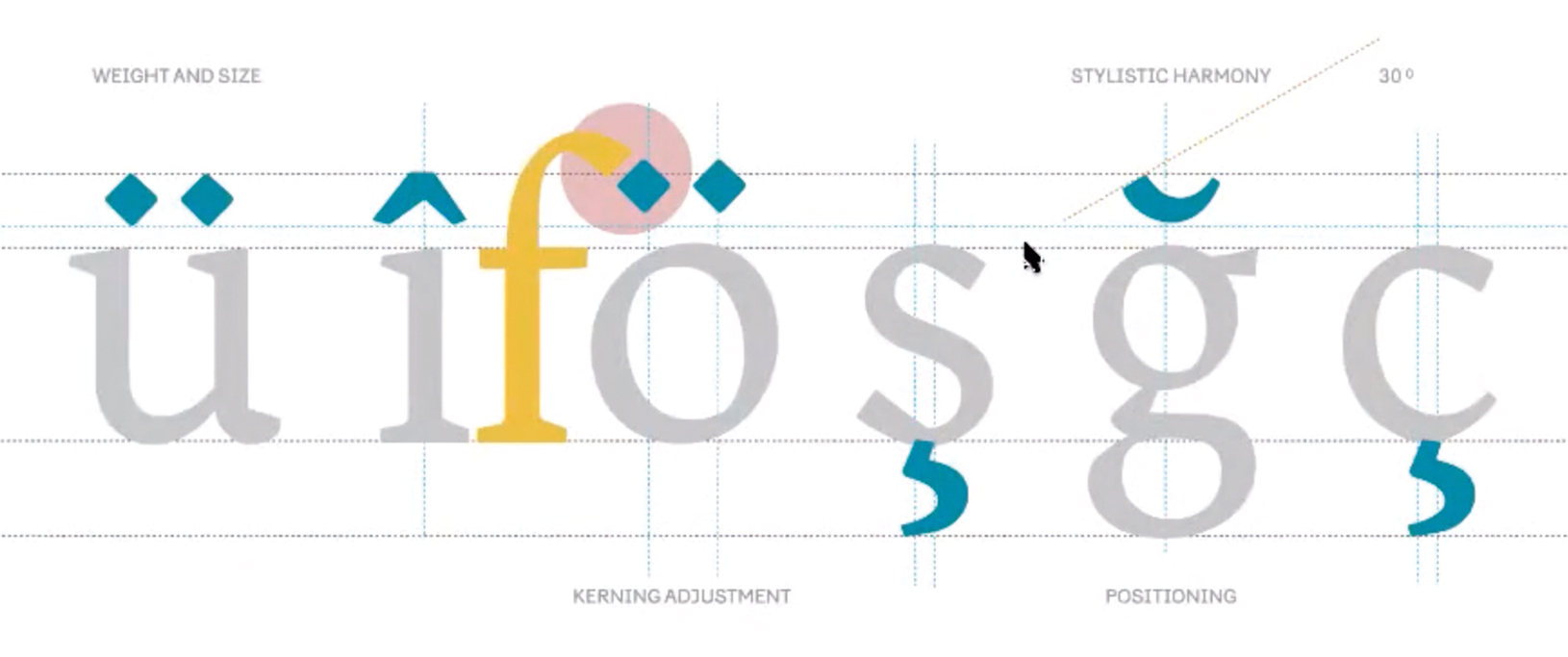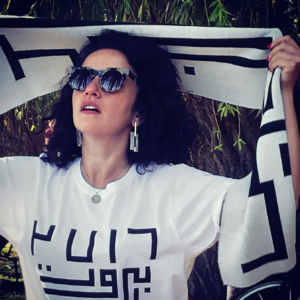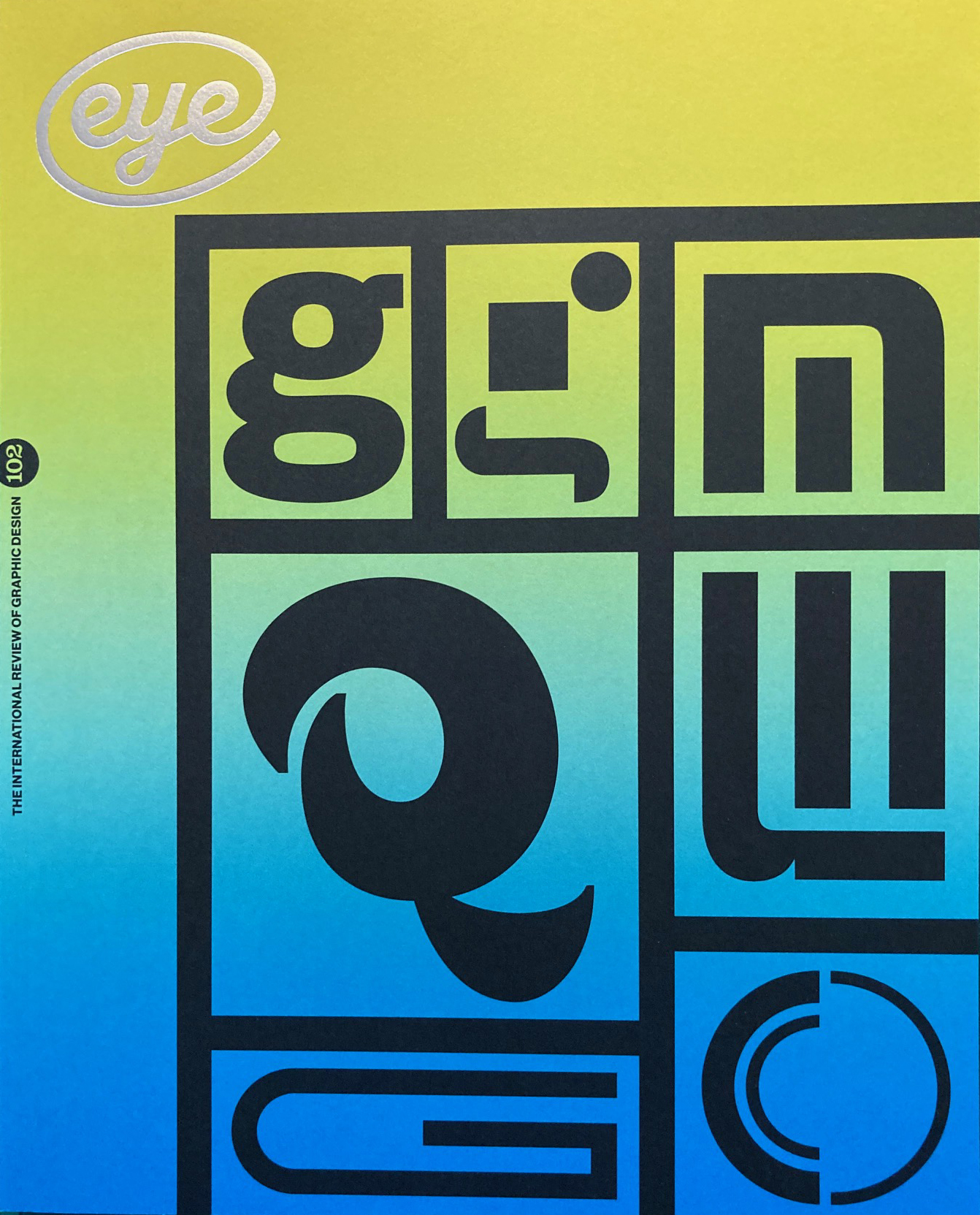Autumn 2021
Typographics 21: Session 3
Pegah Ahmadi
Anıl Aykan
Golnar Kat Rahmani
Pouya Ahmadi
Golnar Adili
Elham Namvar
8 June 2021. Pegah Ahmadi, host
Anıl Aykan, Barnbrook
‘Alphabet Revolution, Typographic Revolution: The Process of Designing a Typeface for a Specific Language’Golnar Kat Rahmani, Studio Kat Rahmani
‘Type & Politics’Pouya Ahmadi, Golnar Adili and Elham Namvar, Amalgam
‘Tacit Language’
To address issues of Turkish and Persian typography, Chicago-based curator Pegah Ahmadi selected speakers who share the experience of having lived in different countries and who have worked on projects that reveal traces and convergence of various cultural elements.
The session began with Anıl Aykan from Barnbrook in London, who developed an interest in the particularities of the Turkish alphabet (in 1928, a few years after the collapse of the Ottoman Empire, Atatürk had replaced the former Arabic-based Turkish alphabet with a Latin-based one). Intrigued by the principle that the Latin alphabet is used in several cultures, Aykan began to explore examples of the same type used for different languages and sought to investigate the visual expression and texture unique to Turkish. Linguistic features such as frequently used letters vary among languages and can therefore lend them different appearances. As Aykan explained, the frequency of characters with vertical strokes is characteristic of Turkish. Based on these results, Aykan designed the typeface Atatype (named after Atatürk) specifically for the Turkish language. To mention one detail among many, she paid special attention to the ligature of ‘f’ and the iconic dot-less ‘i’ (visible in her own first name Anıl).
Anıl Aykan examined linguistic features of the Turkish language. Top. Complete Verb Pairings from Samanbouyan: Golnar Adili’s installation.

Aykan’s talk was followed by Golnar Kat Rahmani, who is also concerned with the appearance of type on a political level: as an Iranian living abroad (Berlin), she is sensitive to the perception of Arabic type in public spaces. In her talk, Rahmani claimed that perception of Arabic script has been negatively affected by attention given to Middle East conflicts and radical Islamic content reported on the news. She reminded the audience that the Arabic script is not exclusive to the Arabic language and culture, but that it is used by more than 900 million people worldwide – for Persian, Urdu and Malay, among many other languages. In order to change this perception, she has offered initiatives and workshops for the creation of fashion items that feature contemporary Arabic letters to establish a new visual culture and context for Arabic type.
Examples of Arabic typography in a presentation by Golnar Kat Rahmani, an Iranian designer who lives in Berlin – here, on fashion garments.

Examples of Arabic typography on the flags of Islamic State fighters in Pakistan.

Pouya Ahmadi, an art director living in Chicago, presented Amalgam, a journal that aims to cover intersections at the periphery of type and typography. He invited mixed-media artist Golnar Adili and graphic designer Elham Namvar, who have both contributed to the magazine, to join him during the session. Following the notion that poetry is the backbone of Persian culture, Adili interpreted words in a range of visual expressions, from pixel-lettering and 3D-printed textures to room-filling wooden cubes that let you ‘walk in the poem’, while Namvar talked about systems and structures of knowledge from her research on alternative methods of organising libraries.
Ferdinand P. Ulrich, typographer, type historian, lecturer, Berlin, Germany
First published in Eye no. 102 vol. 26, 2021
Eye is the world’s most beautiful and collectable graphic design journal, published for professional designers, students and anyone interested in critical, informed writing about graphic design and visual culture. It is available from all good design bookshops and online at the Eye shop, where you can buy subscriptions and single issues.

